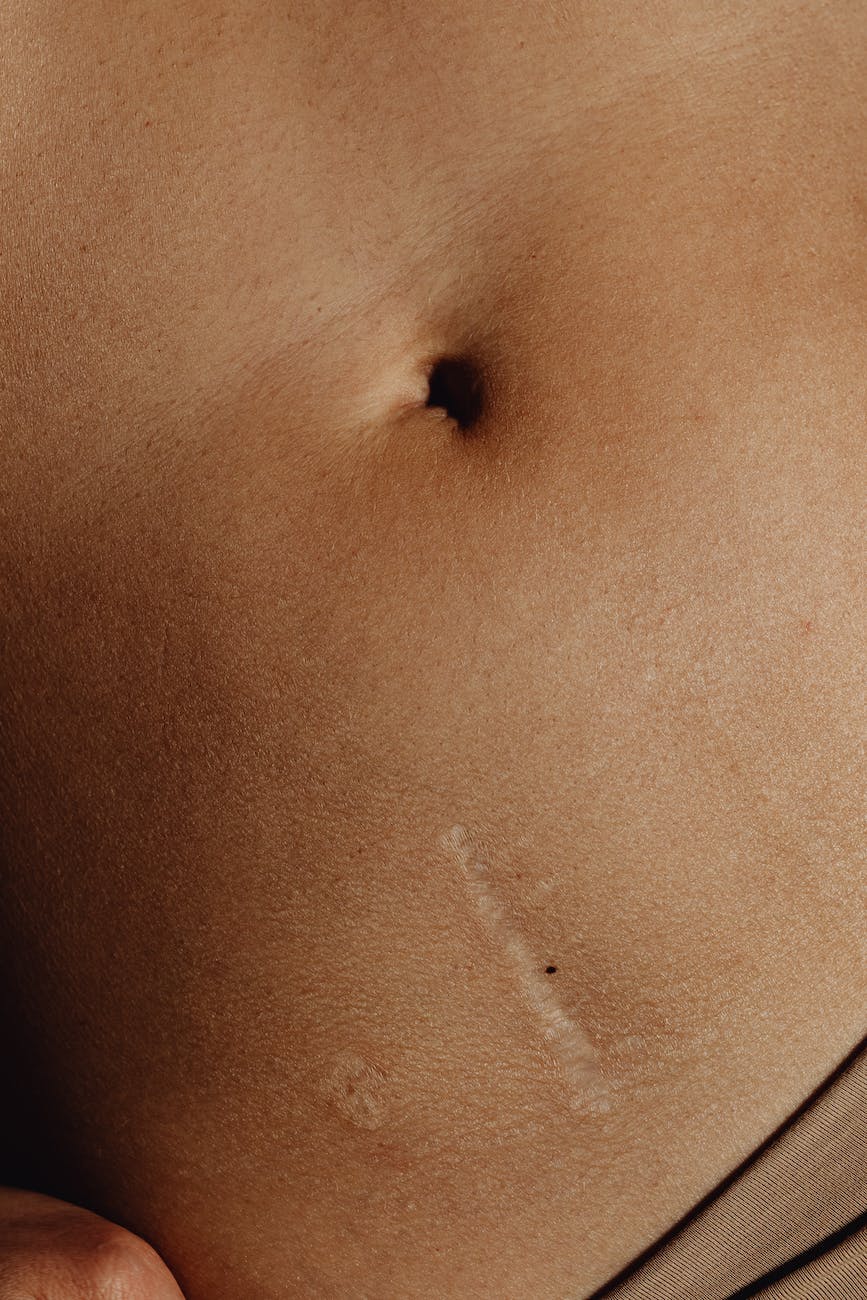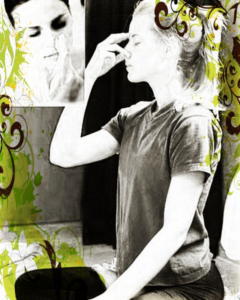Scars can be a constant reminder of past injuries or conditions, and they can sometimes affect our self-confidence. Fortunately, advancements in dermatology have introduced effective treatments like microneedling. In this blog post, we’ll explore everything you need to know about microneedling for scars, from the science behind the procedure to real-life testimonials.
What is Microneedling?
Microneedling, also known as collagen induction therapy, is a minimally invasive skin rejuvenation procedure that involves the use of a device with fine needles. These needles create tiny punctures in the top layer of the skin, which triggers the body to create new collagen and elastin during the healing process. The result is a smoother, firmer, and more youthful-looking skin.
Types of Scars Treatable with Microneedling
Microneedling is versatile and can be used to treat various types of scars. Here are some of the most common ones:
Acne Scars
Microneedling can be particularly effective for diminishing the appearance of acne scars. It can help to smooth out the skin surface and reduce the depth of acne scars, leading to a more even skin texture.
Surgical Scars
Post-surgical scars can also be treated with microneedling. The procedure can help to soften and flatten surgical scars, improving their texture and overall appearance. Whether you have a scar from a C-section, appendectomy, or any other surgery, microneedling can be a beneficial treatment.
Burn Scars
Burn scars can also benefit from microneedling. The treatment can help to break down the scar tissue and stimulate the production of new skin cells, leading to a smoother and less noticeable scar.
Benefits of Microneedling for Scars
Microneedling stimulates the production of new skin cells, collagen, and elastin, which can help to reduce the visibility of scars. It can also improve skin texture and tone, making it a beneficial treatment for overall skin rejuvenation. Here are some of the key benefits:
- Reduces the appearance of scars
- Improves skin texture and tone
- Minimally invasive with little downtime
- Suitable for all skin types
The Microneedling Procedure
The microneedling procedure is typically performed by a professional dermatologist or aesthetician. It involves the following steps:
- Cleansing the skin: The treatment area is thoroughly cleaned to remove any dirt, oil, and makeup.
- Applying a topical anesthetic: A numbing cream is applied to the treatment area to ensure comfort during the procedure.
- Using a microneedling device: The professional uses a microneedling device to create tiny punctures in the skin. The device is moved across the skin in a controlled manner.
- Applying a soothing serum or lotion: After the procedure, a soothing serum or lotion is applied to the skin to aid in healing and reduce any inflammation.
What to Expect After a Microneedling Session
After a microneedling session, you can expect some redness and swelling, similar to a mild sunburn. These effects usually subside within a few days. Over the following weeks, as your skin heals, you’ll start to see a reduction in the visibility of your scars. It’s important to follow the aftercare instructions provided by your professional, which may include avoiding sun exposure and using a gentle cleanser and moisturizer.
Microneedling vs. Other Scar Treatment Methods
Compared to other scar treatment methods like laser therapy and chemical peels, microneedling can be a less invasive and more affordable option. It’s also suitable for all skin types and has a lower risk of causing hyperpigmentation. Here’s a quick comparison:
- Laser therapy: While effective, laser therapy can be more expensive and may require more downtime. It also carries a higher risk of hyperpigmentation, especially in darker skin tones.
- Chemical peels: Chemical peels can be effective for superficial scars, but they may not be as effective for deeper scars. They also require careful aftercare to avoid complications.
Case Studies and Testimonials
Many people have found microneedling to be an effective treatment for their scars. Here are a few examples:
“After struggling with acne scars for years, I decided to try microneedling. I’ve had three sessions so far, and I’m amazed at the results. My skin is smoother and the scars are less noticeable.” – Sarah, 28
“I had a large surgical scar on my abdomen from a surgery I had a few years ago. I tried various creams and treatments, but nothing worked as well as microneedling. The scar is much softer and less noticeable now.” – John, 35
Conclusion
Microneedling can be a game-changer for those struggling with scars. It’s a minimally invasive procedure that can significantly improve the appearance of various types of scars. If you’re considering microneedling, it’s important to consult with a professional to determine if it’s the right treatment for you.
Call to Action
If you’re interested in learning more about microneedling or if you have any questions, feel free to leave a comment below or book a consultation with us. We’re here to help you on your journey to healthier, more confident skin.



